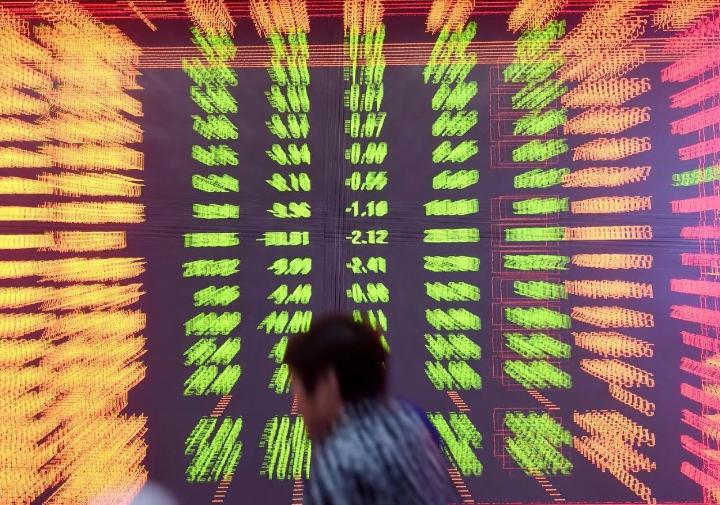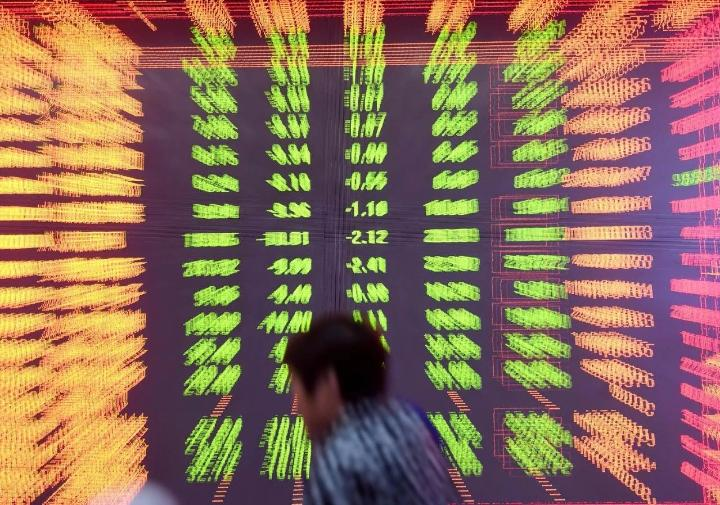
BEIJING, June 21 (Xinhua) -- China A-share ETFs suffered, after the three A-share benchmark stock indices going through fluctuations last week, about 2.11 billion yuan of net weekly capital outflows calculated on basis of averages of different transaction price intervals, reported Xinhua-run Xinhua Finance Monday.
During June 13-19, more than 80 percent of the A-share ETFs edged down, with those tracking sectors highly sensitive to China's economic cycles recording deep declines, such as ETFs tracking steel, non-ferrous metal, natural resource, and chemical sectors. For semiconductor-themed ETFs, they mostly reaped hefty gains last week, with certain products up by more than six percent.
For ETFs tracking stock indices, those tracking the CSI 300 Index and ChiNext Index encountered the most notable capital outflows last week. CSI 300 Index is a weighted index consisting of the 300 largest and most liquid A-share stocks. ChiNext Index is the benchmark of ChiNext market and selects the 100 largest and most liquid ChiNext market-listed stocks as constituent stocks.
Despite the weekly net outflow, ETFs hailed another round of issuance spree on back of the warming primary market for publicly-offered funds since the beginning of June.
Statistics with Wind, a financial data provider in China, showed that 126 ETFs have been established by June 19 this year, surpassing the 99 ones set up in the whole 2020 with 79.04 billion shares sold, up 37 percent from the semi-annual data last year.
On Monday, the first batch of ETFs to track stocks on China's sci-tech innovation board, also known as the Star Market and ChiNext market, a Nasdaq style market for growth enterprises will also be issued.
Market players said that rushing into hot themes in subsectors has been a consensus for ETF market. By June 18, 102 stock ETFs have started trading on Shanghai and Shenzhen stock exchanges this year, with over 90 percent of them or 92 ones being ETFs tracking different sectors and only less than 10 percent of them being broad-based index ETFs.
What's more, ETFs tend to tack, by an increasing degree, subsectors. This year, ETFs tracking subsectors such as logistics, low carbon sector, cloud computing, animal husbandry, non-ferrous metal, rare earth, big data, games and animation have been established.
However, industry insiders remind investors of the potential risks as part of the subsectors tracked by the ETFs are small in terms of their capacity to absorb investment. (Edited by Duan Jing with Xinhua Silk Road, duanjing@xinhua.org)




 A single purchase
A single purchase









